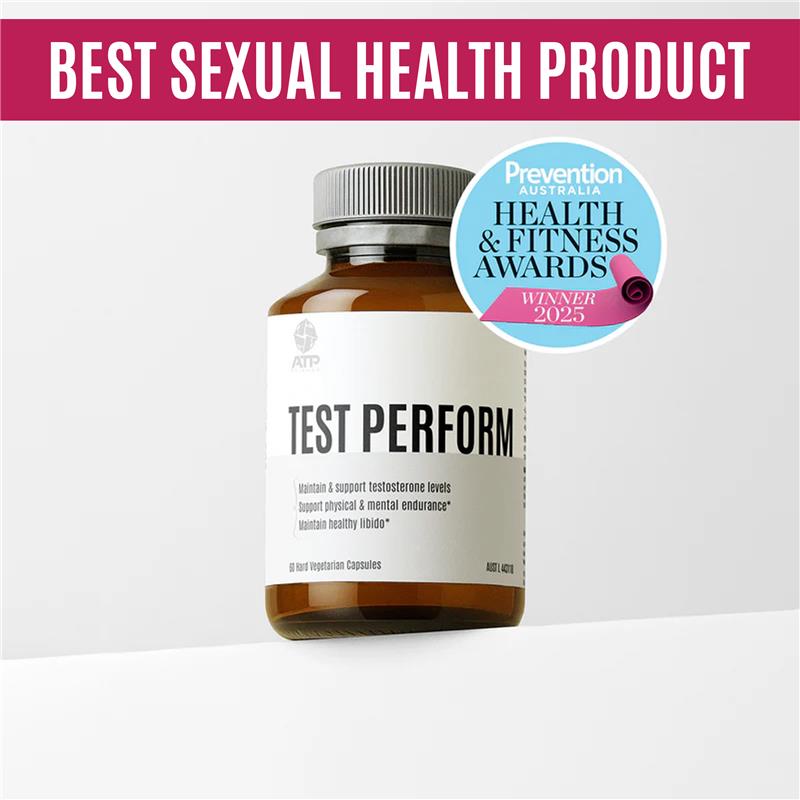It reminded me of a science lab, filled with jars of preserved experiments like you see in the movies with the mad scientist lingering in the background. Only, far more innocent and delicious.
The History of ‘Pickling and Food Preservation’
Food preservation methods to prevent foods and crop spoils and as such, wasted food; has been around since the dawn of time. When we ate what was in season and yielded only what was capable of being yielded from the climate conditions that were dished out to the crops. Wastage was not something that was an afterthought much like it is today with easy access to fresh food.Ancient civilizations sort food preservation by storing perishable foods in airtight clay jars to extend the food longevity, with this, we have also seen a trend over history in the ‘drying’ of foods. This involves the stripping of moisture from them to preserve and extend the life of the food. Salting was also a big one, especially amongst meats as ‘cured meat’, but was also used as a way of preserving fruit and veg too… delicious.
Did you know the word ‘pickle’ is actually from the Dutch word ‘Pekel’, which was used to describe the spiced brine solution used in the preservation and addition of flavor profile?
How much goodness gets preserved once pickled?
This is a common question when it comes to food preservation – we have seen the recent boom of millennials taking hold of the sauerkraut and kombucha trends with influential force, touting the health benefits of these fermented goods. So, understandably – those cocktail onions that Aunty Susan has had at the back of her cupboard for a few months, have some work to do on the ‘look at me too’ front.Fear not, there is some sincere science to back this up the pickling food preservation method, interestingly preservation of the foods fresher properties stays intact and actually gains beneficial bacterial properties that come with its fermentation [1]. During fermentation, the organic acids that are naturally occurring in the materials slowly diffuse out into the brine solution used and allow for beneficial microbial species to prosper in the lower pH environment, disengaging the ability for more toxic forms of bacteria to grow and prosper [2].
The pickling process of food preservation has been shown as an effective method for keeping natural bioactive compounds and antioxidant properties, for instance, rich colored foods being preserved were tested post preservation to still show high levels of:
- Anthocyanins.
- Flavanoids.
- Carotenoids.
How does one go about ‘Pickling’?
- Before you do anything: Sterilise the glass jars, we want to control the microbial environment when and where possible. Preheat your oven to 160 Celsius/320F. Wash jars in hot soapy water, then place the glass jars on a tray and place in the oven for 10 mins to kill any nasties. While doing this, soak the lids in boiling water. Turn off the oven and remove the jars carefully with oven mitts to prevent getting burnt.
- Pickling/food preservation is best done with super fresh veg – your veggie prep should be relatively thinly sliced into slithers and spears, peel if desired to remove unwanted dirt and grit from carrots for example.
- Add your veg into the jar – you can also add spices and additions like bay leaves, peppercorns, chili, dill, garlic cloves, etc. until you have packed the jar pretty tight with goodness.
- Making the salty Brine: Getting the ratios correct is important you want to aim for around 7g of salt (unprocessed sea salt is best) to 1 cup unchlorinated fresh water if possible.
- Pour the brine over the veg in the jar until you get about 2 inches from the top.
- You will notice that some of the veg floats up, you need to keep everything submerged, many will use a fermentation/food preservation stone to plonk on top of the veg to weigh it down – you can use a clean river stone as a weight which can be a cheaper alternative.
- Place the lid loosely on top and on a plate or bowl in case we get bubbling food preservation overflow and keep somewhere cool and dark.
What to look for from here with Food Preservation:
- Fermentation takes around 3-8 days to take shape. You will start to see little bubbles and fogginess… this is a good sign something is happening. Aim to check early, so 3-4 days in.
- You can take a little taste once the bubbles are there and see if you are happy – you can pop the lid back on and pop in the fridge to ferment some more for a desired tangy taste. The fridge will slow the bubbly gassy side of things but allows the flavour to develop a little while longer.
- If, however, you love the bitter tang of fermented veg – leaving this in a cool dark place from the fridge will give it a real kick.
References:
- Breidt F, Perez-Diaz I, Mcfeeters RF, Lee C-H. Fermented vegetables. In: Doyle MP, Buchanan RL, editors. Food microbiology: fundamentals and frontiers. Washington: ASM Press; 2013. pp. 841–855.
- Postharvest intervention technologies for safety enhancement of meat and meat based products; a critical review. Sohaib M, Anjum FM, Arshad MS, Rahman UUJ Food Sci Technol. 2016 Jan; 53(1):19-30.
- Fermented fruits and vegetables of Asia: a potential source of probiotics. Swain MR, Anandharaj M, Ray RC, Parveen Rani RBiotechnol Res Int. 2014; 2014():250424.
- Sayin, F.K. & Alkan, Şenay Burçin. (2015). THE EFFECT OF PICKLING ON TOTAL PHENOLIC CONTENTS AND ANTIOXIDANT ACTIVITY OF 10 VEGETABLES. Journal of Food and Health Science. 1. 135-141. 10.3153/JFHS15013.


















